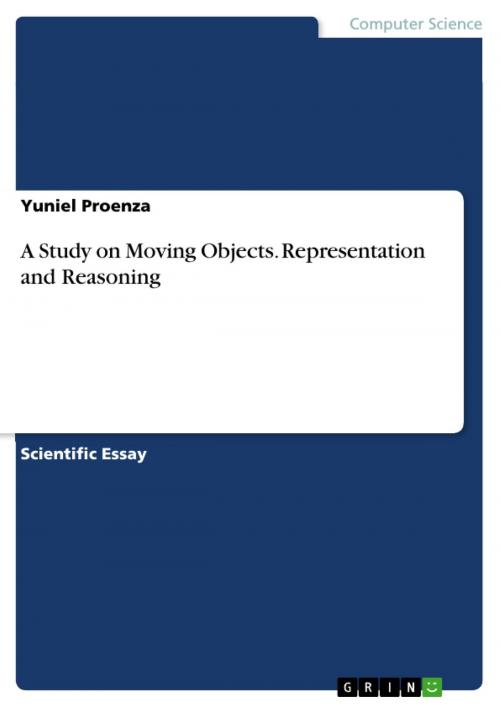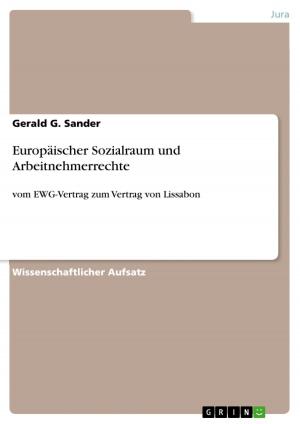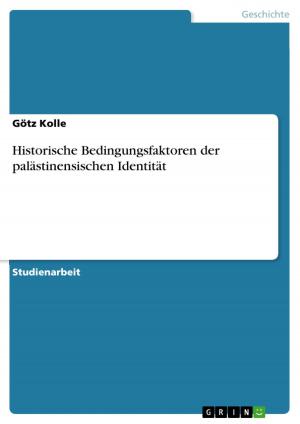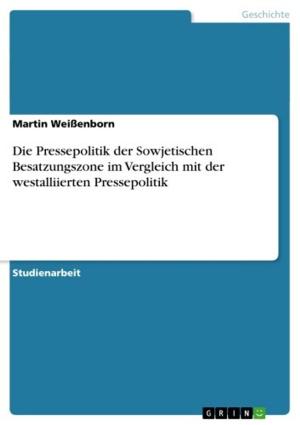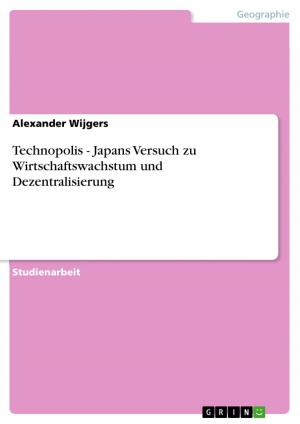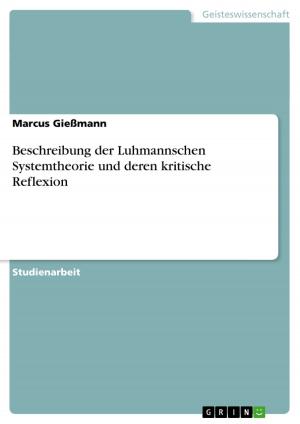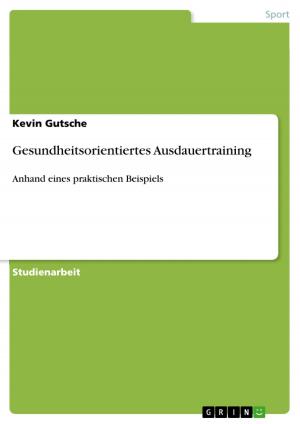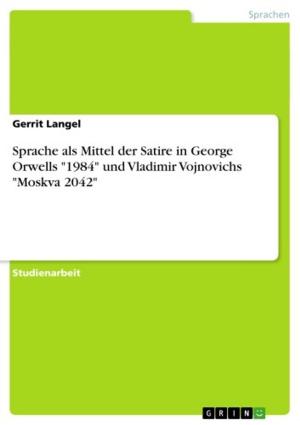A Study on Moving Objects. Representation and Reasoning
Business & Finance, Industries & Professions, Information Management| Author: | Yuniel Proenza | ISBN: | 9783668104297 |
| Publisher: | GRIN Verlag | Publication: | December 7, 2015 |
| Imprint: | GRIN Verlag | Language: | English |
| Author: | Yuniel Proenza |
| ISBN: | 9783668104297 |
| Publisher: | GRIN Verlag |
| Publication: | December 7, 2015 |
| Imprint: | GRIN Verlag |
| Language: | English |
Scientific Essay from the year 2015 in the subject Information Management, grade: 7.0, , language: English, abstract: There are some researches that explore and help to solve the representation of moving objects, mainly focused on improving DBMS and Query Languages for support spatio-temporal information storing and processing. Some other researches present techniques to analyze trajectories using data mining, indexing and math operations. More recently, with the emergence of the Semantic Web, the tracking of trajectories of moving objects became a fully applicational field and an open area for ontology applications. This paper explores moving objects representation and reasoning, aiming to find out foundations for a semantic representation of moving objects approach, for solving some existing problems when considering spatio-temporal aspects and semantically enrich query results over any stored information of moving objects.
Graduated in Computer Sciences in 2006. He obtained his Master in Software Engineering and Artificial Intelligence by the University of Malaga in 2011. Assistant professor, with expertise in the Computer Programming Discipline and Software Engineering. Since 2012 have been developing a Semantic Model for Moving Objects Analysis. His main interest are Formal Semantics for Moving Objects and Fleet Control.
Scientific Essay from the year 2015 in the subject Information Management, grade: 7.0, , language: English, abstract: There are some researches that explore and help to solve the representation of moving objects, mainly focused on improving DBMS and Query Languages for support spatio-temporal information storing and processing. Some other researches present techniques to analyze trajectories using data mining, indexing and math operations. More recently, with the emergence of the Semantic Web, the tracking of trajectories of moving objects became a fully applicational field and an open area for ontology applications. This paper explores moving objects representation and reasoning, aiming to find out foundations for a semantic representation of moving objects approach, for solving some existing problems when considering spatio-temporal aspects and semantically enrich query results over any stored information of moving objects.
Graduated in Computer Sciences in 2006. He obtained his Master in Software Engineering and Artificial Intelligence by the University of Malaga in 2011. Assistant professor, with expertise in the Computer Programming Discipline and Software Engineering. Since 2012 have been developing a Semantic Model for Moving Objects Analysis. His main interest are Formal Semantics for Moving Objects and Fleet Control.
